Piriformis syndrome is a condition characterized by pain and discomfort in the buttock region, often accompanied by radiating pain down the leg and difficulty sitting for extended periods. While several treatment options exist, including physical therapy and pain medication, the question arises: Do steroids provide effective relief for piriformis syndrome? In this article, we will explore the potential benefits and considerations of using steroids in treating piriformis syndrome, aiming to provide a comprehensive understanding of their role in managing this condition.
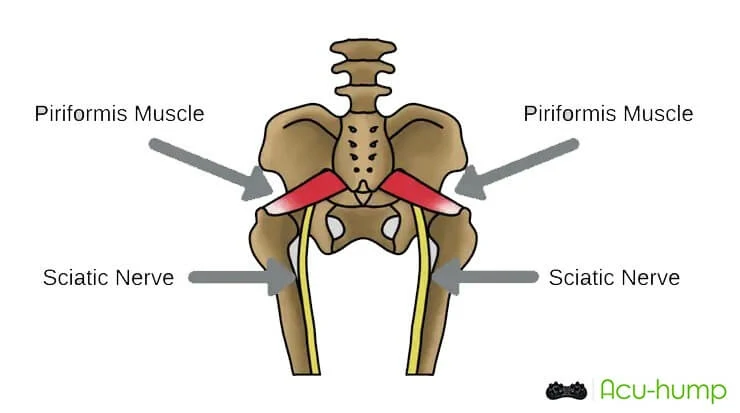
How does piriformis muscle cause pain?
Piriformis syndrome occurs when the piriformis muscle, located in the buttock region, becomes tight or inflamed, causing compression of the sciatic nerve. This compression leads to the characteristic symptoms of buttock pain, radiating pain down the leg, and discomfort when seated for prolonged periods. Everyday activities, such as walking or running, can exacerbate the symptoms, significantly impacting an individual’s quality of life.
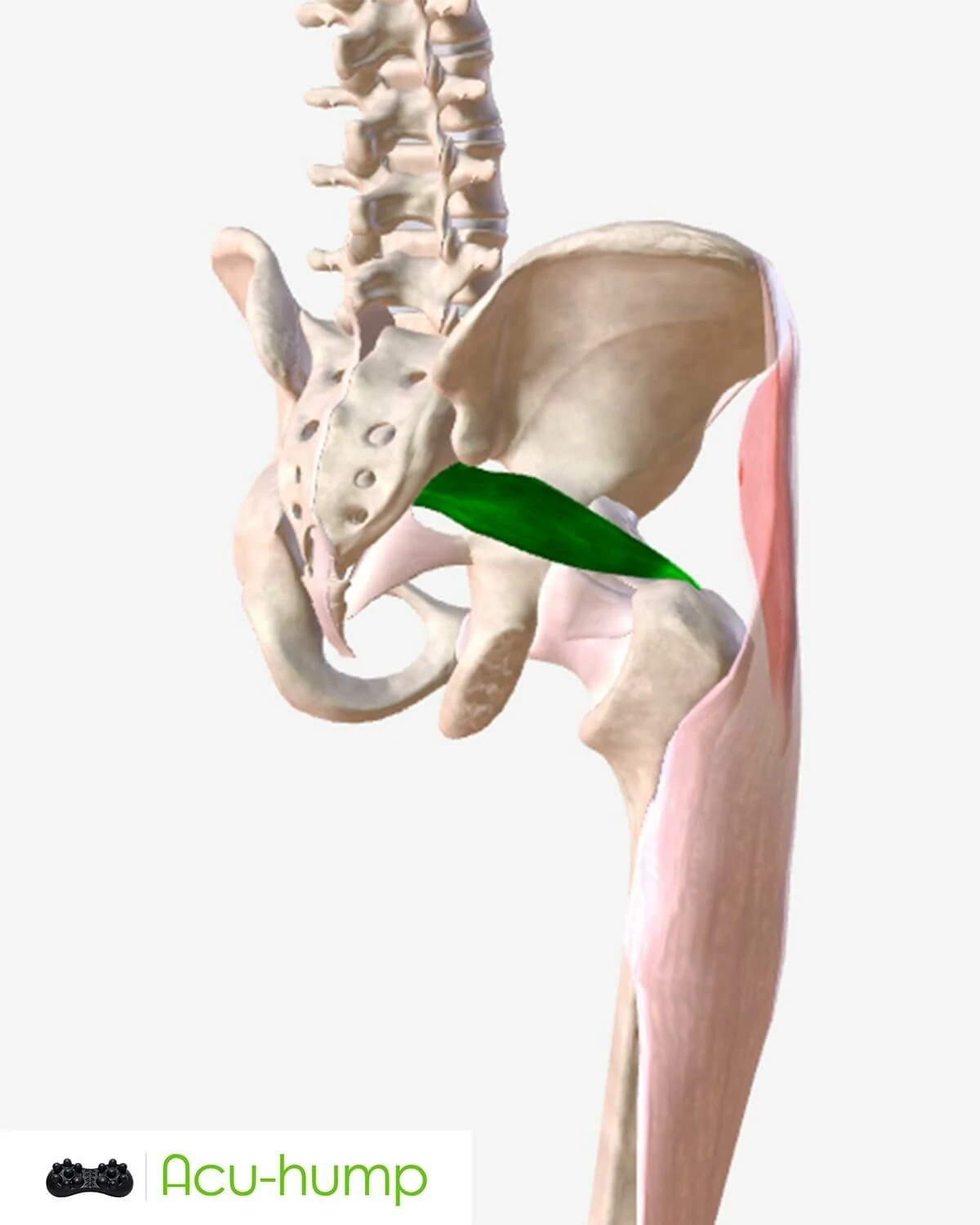
Overview of Treatment Options
Treatment options for piriformis syndrome encompass a variety of approaches that aim to alleviate symptoms and enhance overall well-being.
Physical Therapy
Firstly, physical therapy exercises play a crucial role in the management of this condition. These exercises focus on stretching and strengthening the affected muscles, including the piriformis, to improve flexibility and reduce muscle tightness. A physical therapist can guide patients through tailored exercise programs that target the specific needs of their condition.
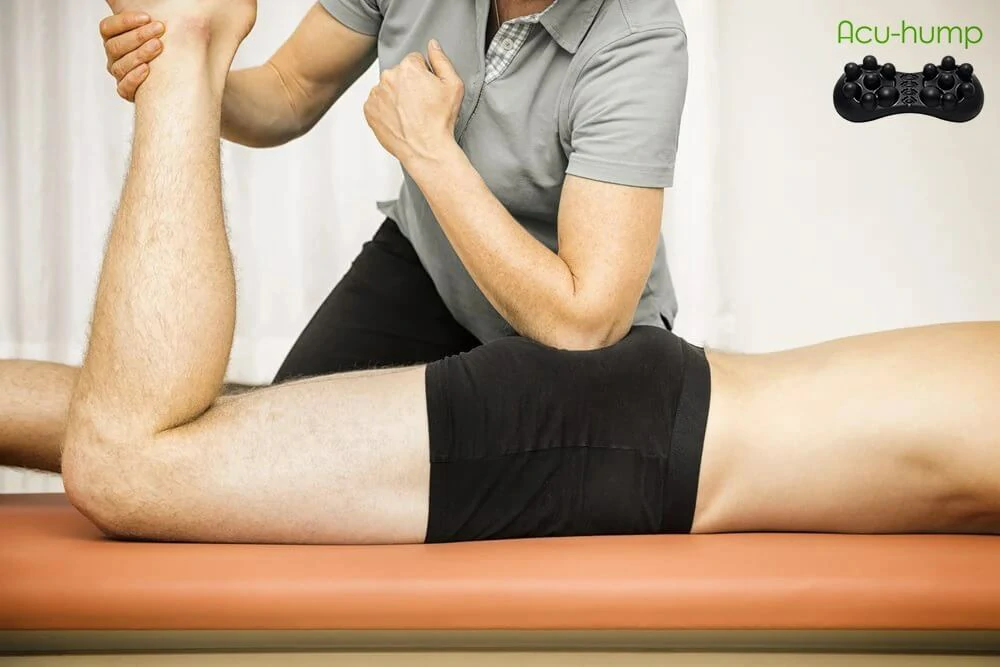
Stretching Routine
In addition to physical therapy, stretching routines specifically targeting the piriformis muscle can provide substantial relief. These supine piriformis stretches aim to lengthen and loosen the piriformis muscle, reducing the pressure on the sciatic nerve and relieving pain. Regularly performing these stretches can help maintain optimal muscle flexibility and prevent further aggravation.
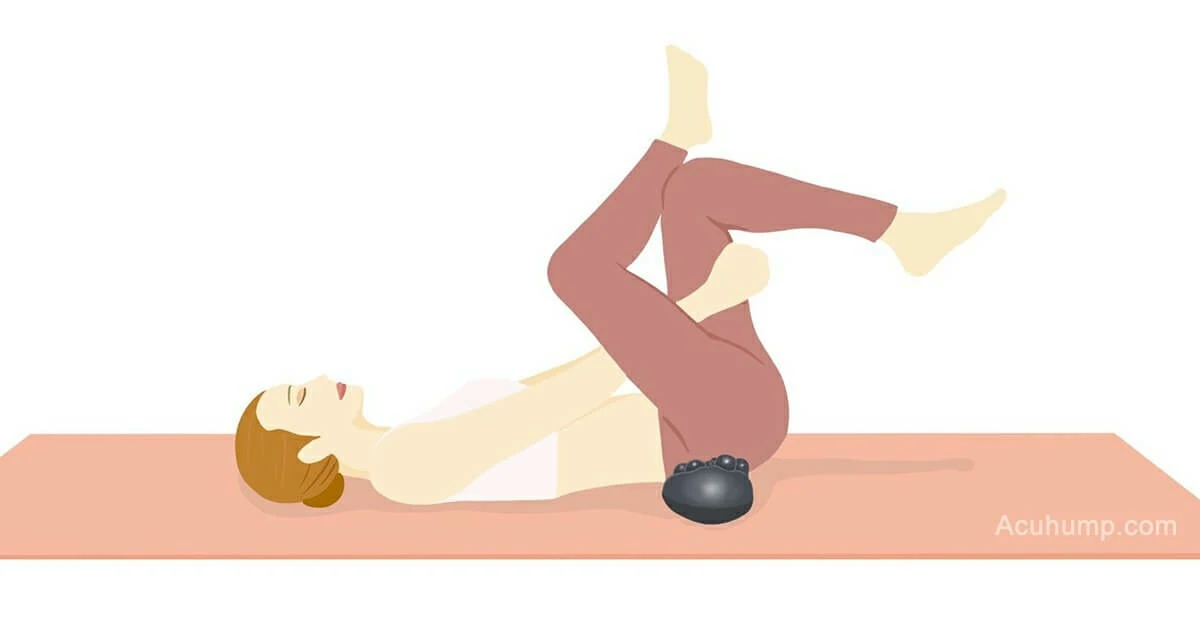

Acu-hump®
Release Butt & Lower Back
Medication
Targeted pain medication is another commonly used treatment option for piriformis syndrome. Nonsteroidal anti-inflammatory drugs (NSAIDs), such as ibuprofen, can help alleviate pain and reduce inflammation in the affected area. NSAIDs work by inhibiting the production of prostaglandins, which are substances involved in the inflammatory response. Pain medications may be prescribed to manage acute pain or used on an as-needed basis to alleviate discomfort during flare-ups.
Lifestyle Modifications
Lifestyle modifications also play a vital role in managing piriformis syndrome. Avoiding activities that exacerbate symptoms, such as prolonged sitting or activities that involve repetitive movements that strain the piriformis muscle, can help prevent further irritation. Using proper posture and ergonomics while sitting or performing daily activities is essential to reduce pressure on the piriformis muscle. Additionally, incorporating regular breaks and gentle stretching throughout the day can provide relief and promote better posture.

Injection
In cases where conservative measures have proven ineffective, medical professionals may consider the use of steroids as a potential treatment option. Steroid injections deliver anti-inflammatory medication directly to the inflamed area, targeting the underlying cause of the symptoms. These injections can provide short-term relief by reducing inflammation and alleviating pain in individuals with severe and persistent symptoms.
It is important to note that the choice of treatment option may vary depending on the severity and individual circumstances of each case. A comprehensive approach that combines different treatment modalities, such as physical therapy, stretching, pain medication, lifestyle modifications, and, if deemed necessary, steroid injections, can provide a multidimensional and effective management strategy for piriformis syndrome. Consulting with a healthcare professional is crucial to determine the most suitable treatment plan for each individual.
Steroid Treatment
Steroids, such as corticosteroids, are anti-inflammatory medications that work by reducing inflammation in the affected area. The use of steroid injections for piriformis syndrome allows for targeted delivery of the medication directly to the inflamed muscle, offering potential pain relief and improved functionality. It’s important to note that the decision to use steroid treatment should be carefully considered in consultation with a healthcare professional.
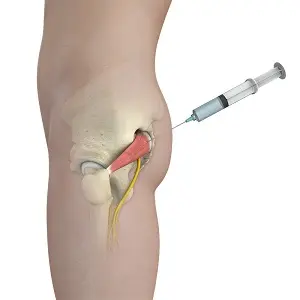
The Potential Benefits
Steroid treatment for piriformis syndrome presents potential benefits that can significantly alleviate symptoms. By reducing inflammation in the piriformis muscle, steroids can help decrease pain, promote muscle relaxation, and restore normal movement patterns. Several studies and clinical experiences have reported positive outcomes in terms of pain reduction and increased function following steroid injections.
Considerations and Side Effects
While steroid treatment can be beneficial for some individuals, it’s essential to acknowledge the potential risks and side effects. Temporary discomfort at the injection site, changes in hormonal levels, and the risk of infection are possible considerations. Moreover, steroid injections should be administered by a qualified healthcare professional in a controlled environment to minimize risks and optimize outcomes.
In conclusion, steroids can potentially offer relief for individuals suffering from piriformis syndrome. By targeting inflammation and reducing pain, steroid injections may provide significant benefits. However, the decision to pursue this treatment approach should be made in consultation with a healthcare professional, considering the potential side effects and individual circumstances. A comprehensive treatment plan that integrates alternative therapies and lifestyle modifications can contribute to optimal results in dealing piriformis syndrome.
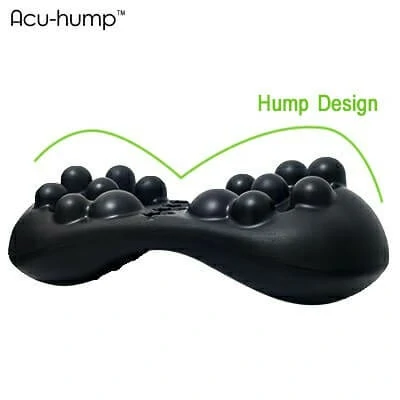
Acu-hump: 30-day return policy.
You have no risk.
